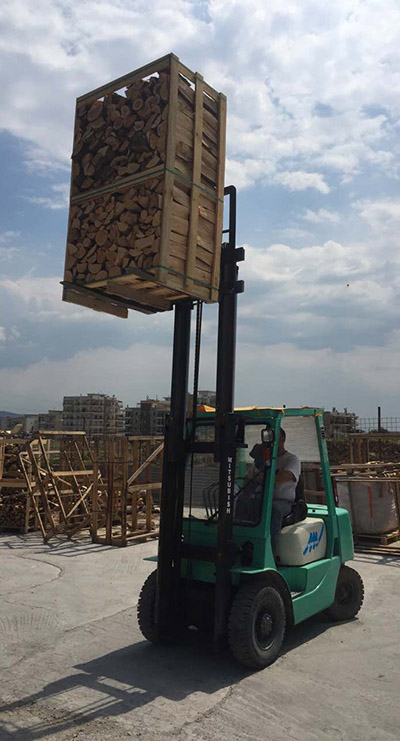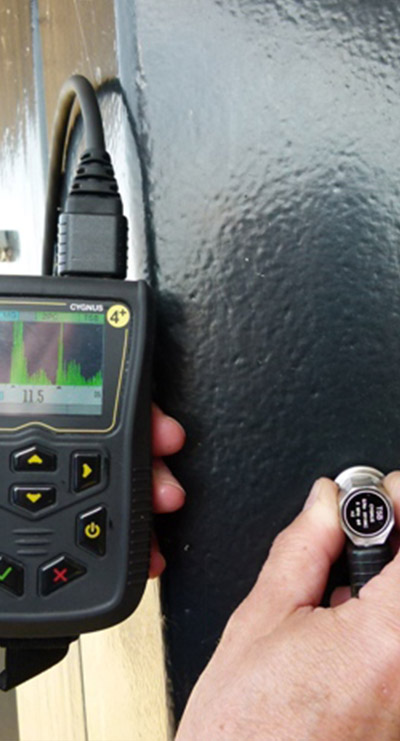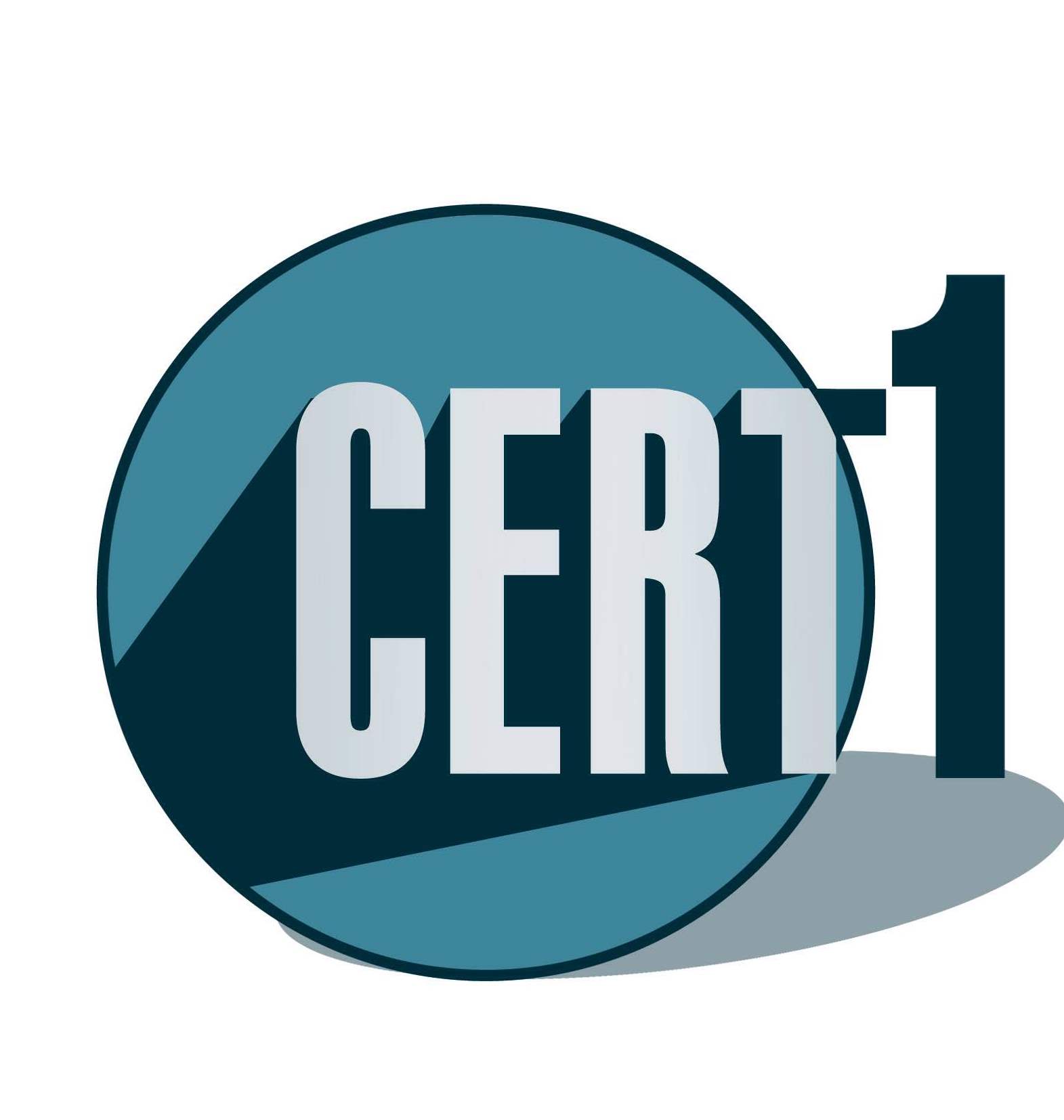Completion of the required checks – preparation of technical files and studies for product certifications, machines, materials and processes by the Hellenic Accreditation System organisation (ESYD), which is duly certified.
Official partner

The «K&VGroup» company in the field of product quality and certification provides the following services:
- CE product certifications
- Registering and obtaining a patent
- Design and strength calculation of products and constructions
- ISO 9001 quality management
- Environmental management ISO 14001, EMAS
- Occupational Health and Safety Management, ISO 45001
- Food Hygiene and Safety Management HACCP, ISO 22000, BRC, IFS
- Information Data Security Management ISO 27001
- Production control (FPC)
- Organisation and management of laboratory tests, calibration and ISO 17025 accreditation

The term lifting machinery includes a wide range of equipment covering construction cranes, self-propelled cranes, (track-laying vehicle, caterpillar vehicle), bridge cranes, monorail winches, forklifting trucks, bucket trucks, lifts and concrete pumps, as well as car lifting ramps.
The «K&VGroup» company in the field of Hoist Certification, in cooperation with the Hellenic Accreditation System organisation (ESYD), carries out the necessary checks and counterchecks for the issuance of the certificate.
When checking the hoist, the following should also apply:
- Vehicle registration (if applicable).
- A clearly visible and prominently placed data plate showing the manufacturer, model, year of manufacture, serial number, rated lifting capacity and CE signage (in case the machine was placed on the market after 31/12/1994).
- Clearly visible and prominently placed lifting diagram.
- Declaration of Conformity (CE) of the manufacturer or official factor (if the machine was placed on the market after 31/12/1994).
- Licenced operator for the specific machine

Pressure equipment includes pressure vessels, (for example airlocks, LPG tanks) and steam boilers. According to the European directive 97/23/EC and the Greek legislation, Pressure Equipment Certification is mandatory since 2002. The inspection of the installations and the periodic inspection are necessary for the safe operation of the installations and for the protection of the workers from work accidents that refer to the following cases:

- Unfired pressure vessels
- Metallic vessels containing liquids or gases or liquefied gases or dissolved gases
- Shell-tube boilers
- Water-tube boilers
- Metallic piping containing liquids or gases or liquefied gases or dissolved gases
- Plastic piping
- Permanent joining for pressure equipment
- Simple pressure vessels
The «K&VGroup» company in the field of Pressure Equipment Certification, in cooperation with the Hellenic Accreditation System organisation (ESYD), carries out the necessary checks for the issuance of the certificate. When checking pressure equipment, the following should apply and be available:
- The details of the container (manufacturer, model of manufacture, serial number, year of manufacture, volume, working and test pressure, working temperature, country of origin, expected contents, material of construction or anything else), clearly and in a prominent place either written on a mounted data plate or embossed on the container or on one of the “neck” bottoms of the container.
- The Pressure Vessel should be available any time for inspection, disconnected from the operating network and if there is a crawlspace and ten-year control, it is necessary to present a gasfree certificate
- All safety valves should be disconnected from the tank and available any time for inspection.
- In case of an emergency control where a hydraulic test should be carried out, the water filling of the container should be at least 95% and there should be an available supply of water and electricity near the container.



